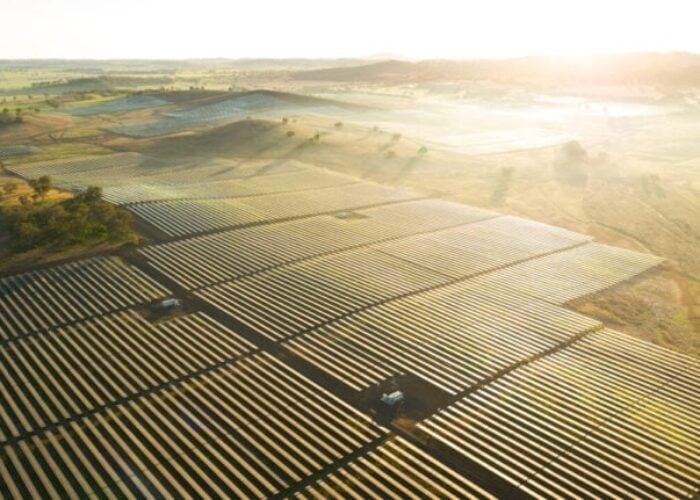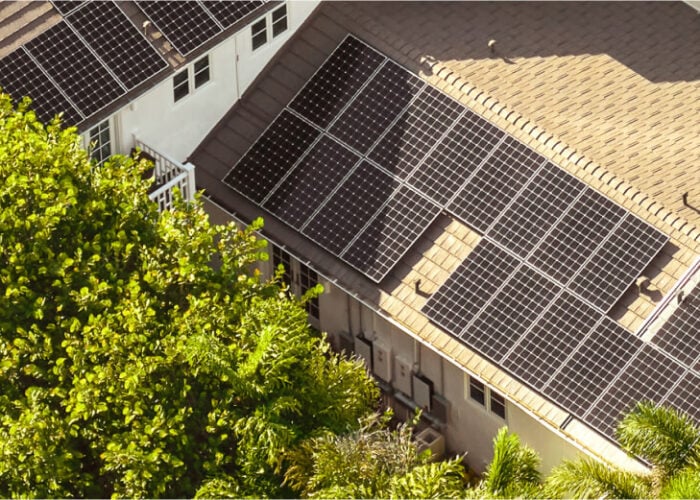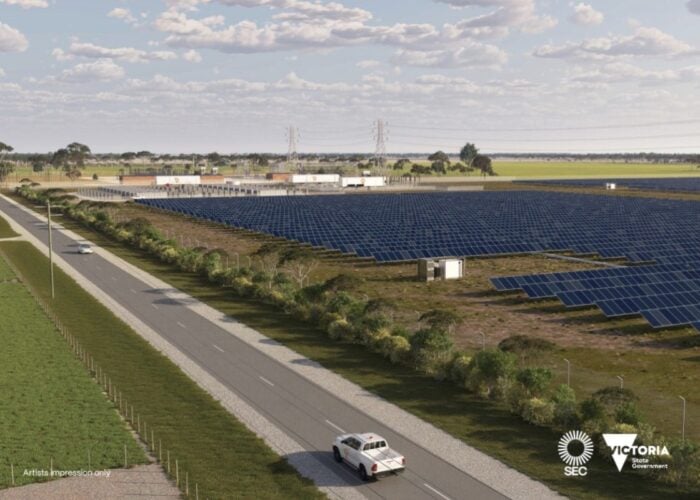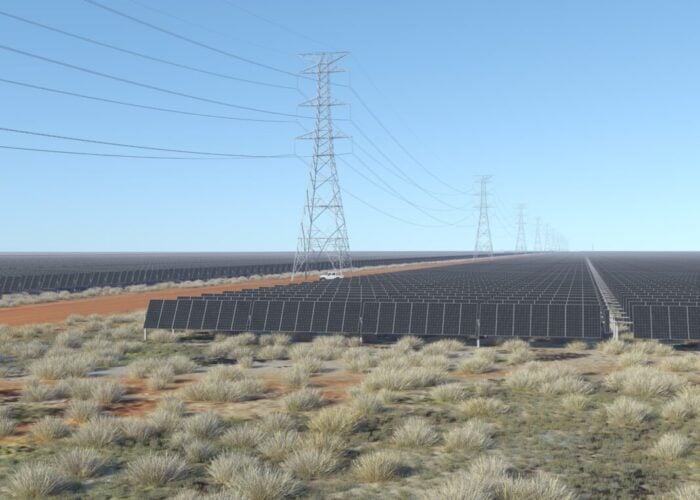A 3MWp solar power plant connected to energy storage has been completed at Antigua’s VC Bird International airport, part of a wider 10MWp project for the island.
Developed by the government of Antigua and Barbuda with British developer PV Energy Ltd, the installation will generate around 4.645MWh of power annually, with PV Energy set to also develop the remaining 7MWp of capacity. Built on Switzerland-headquartered Meeco Group’s sun2live energy management and storage solution, the 3.9 hectare plant uses more than 12,000 polycrystalline PV modules from an unnamed supplier in combination with the energy storage.
Unlock unlimited access for 12 whole months of distinctive global analysis
Photovoltaics International is now included.
- Regular insight and analysis of the industry’s biggest developments
- In-depth interviews with the industry’s leading figures
- Unlimited digital access to the PV Tech Power journal catalogue
- Unlimited digital access to the Photovoltaics International journal catalogue
- Access to more than 1,000 technical papers
- Discounts on Solar Media’s portfolio of events, in-person and virtual
According to Meeco Group, which announced the 3MWp phase of the project’s completion earlier this week, it will generate almost enough power to meet electricity consumption at the airport, making its contribution to the local environment a meaningful one. The remainder of system to be fitted as part of the 10MWp project will be split across ground-mounted arrays, public buildings and other rooftops.
An inauguration and guided tour of the facility was held as part of Caribbean Community (CARICOM) Energy Awareness Week (pictured).
The twin-island nation of Antigua and Barbuda submitted its INDC (Intended Nationally Determined Contributions) to the UN in mid-October, for the COP21 talks taking place in Paris this month. At an event launching the INDC, minister for health and the environment Molwyn Joseph said that small island nations such as his were “blameless” for climate change’s root causes but had no option but to face the issue. He also said however that the islands should see tackling climate change as a long term opportunity rather than fearing the dangers presented.
According to a May 2015 report by the US National Renewable Energy Laboratory (NREL), the island has slightly higher than average electricity prices for the Caribbean region and in common with many island nations worldwide is dependent on expensive fossil fuel imports. At the time of that report, just 0.001% of energy generation came from solar, which was the only source listed besides petroleum which took the entire remaining share of the mix.
Stark climate change warning from Caribbean nations
However, as COP21 prepares to get underway in earnest next week, CARICOM lead head on sustainable development and climate change, St Lucia’s prime minister Dr Kenny Anthony, issued a stark warning.
“Unless we can get the countries that are the major emitters of greenhouse gases to commit to more ambitious reductions, the Caribbean will be confronted with more extreme storms and hurricanes, more frequent and prolonged droughts, dangerous sea-level rise that will wash away roads, homes, hotels, and ports in every island; greater food insecurity and more acidic oceans that will kill our corals, damage our fish stock and negatively impact our tourism industries,” Anthony said.







